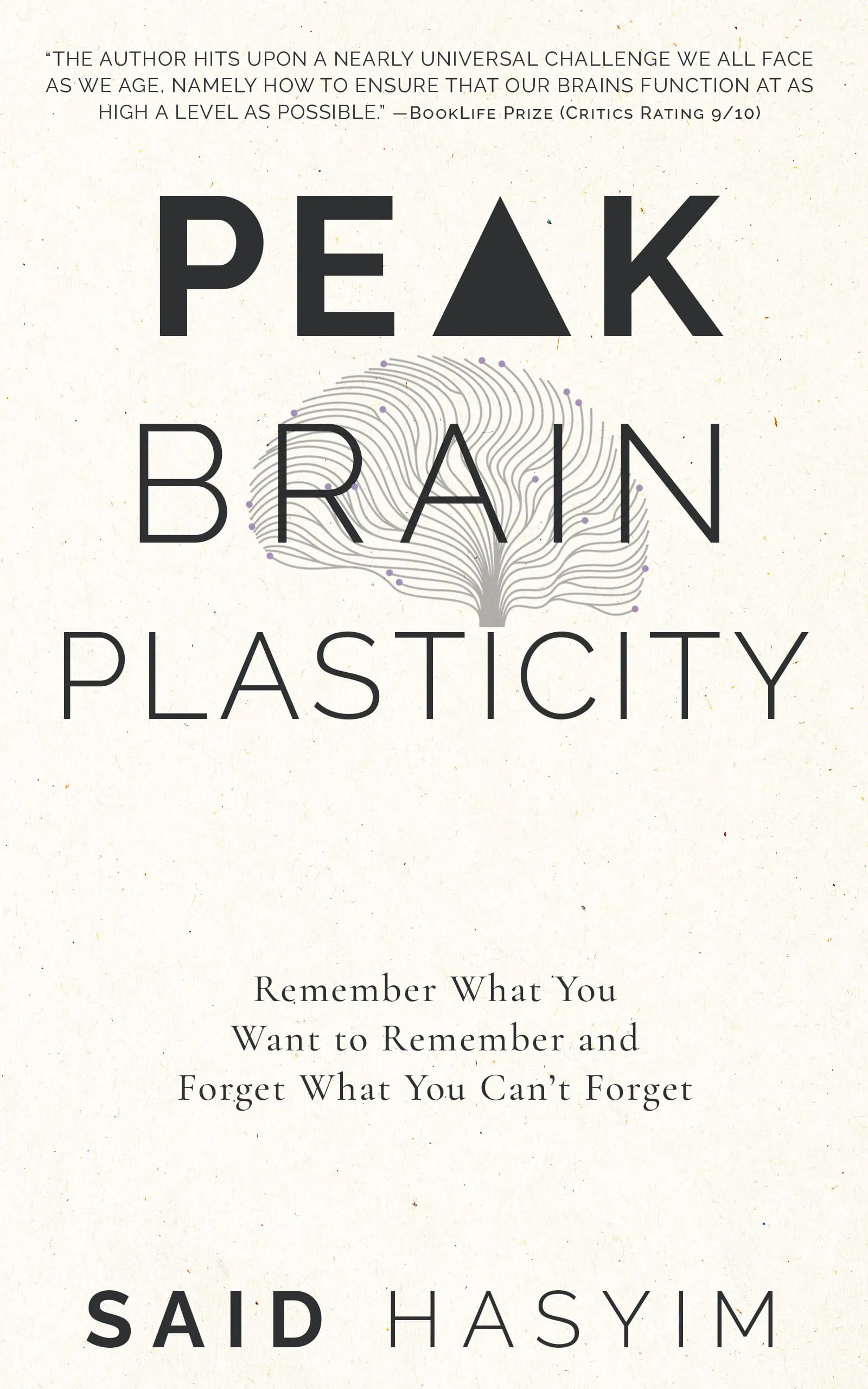Memory Techniques from the World of Mnemonics
In an ever-increasingly information-rich world, memory techniques have never been more relevant. Whether you're a student striving for academic excellence, a professional looking to enhance your skills, or simply someone who wishes to enrich their personal knowledge, mnemonics can offer innovative and effective strategies to improve recall and retention. In this blog post, we'll explore several techniques from the world of mnemonics that can help you unlock the power of your memory.
What Are Mnemonics?
Mnemonics are memory aids or strategies designed to enhance the retrieval of information from our memory. These techniques often rely on association, visualization, and structured organization of data, transforming complex or lengthy information into something simpler and more memorable.
The Importance of Memory Techniques
In today’s fast-paced environment, our brains are inundated with information. Traditional learning methods often fail to capitalize on the natural processes of memory. By incorporating mnemonics, we can tap into the brain’s inherent abilities, making learning more efficient and enjoyable. Let's delve into some popular mnemonic techniques that can boost your memory.
1. The Method of Loci (Memory Palace)
One of the oldest and most effective mnemonic techniques is the Method of Loci, also known as the Memory Palace. This technique involves visualizing a familiar place—like your home—and associating the items you want to remember with specific locations within this space.
How to Use the Method of Loci
- Choose Your Location: Pick a place you know well, such as your house, school, or a route you regularly take.
- Identify Key Locations: Mentally outline specific spots—rooms, furniture, hallways—within that space.
- Create Associations: For each item you need to remember, create a vivid mental image and place it in the corresponding location in your chosen space.
- Practice Retrieval: When it’s time to recall the information, simply walk through your memory palace and retrieve the items associated with each spot.
Example
If you want to remember a shopping list of items (bread, milk, and eggs), imagine placing a loaf of bread on your living room couch, a carton of milk in your refrigerator, and eggs in your bedroom closet.
2. Acronyms and Acrostics
Acronyms and acrostics rely on the first letters of a series of words, forming a new word or phrase that aids in recall. This technique is particularly useful for memorizing lists or sequences.
How to Create Acronyms
- Identify Key Terms: Select the first letter of each item.
- Form a New Word: Create a memorable word from these letters.
Example
To remember the colors of the rainbow—Red, Orange, Yellow, Green, Blue, Indigo, Violet—you can use the acronym ROYGBIV.
Acrostics
Similar to acronyms, acrostics involve creating a sentence where each word begins with the same letter as the item you want to remember.
Example
For the order of operations in mathematics—Parentheses, Exponents, Multiplication, Division, Addition, Subtraction—you can use the phrase: "Please Excuse My Dear Aunt Sally."
3. Chunking
Chunking is a technique that involves breaking down lengthy items of information into smaller, more manageable chunks. This strategy is particularly effective for memorizing numbers or lists.
How to Use Chunking
- Identify the Information: Determine what you want to memorize—this could be a long number, a list of items, or a sequence of words.
- Break It Down: Divide the information into smaller, related units.
- Associate: Create mental connections between the chunks to enhance memorization.
Example
Consider a phone number: 1234567890. Instead of trying to memorize it in one go, chunk it into three parts: 123-456-7890.
4. Visualization
Visualization is a powerful mnemonic technique that engages the imagination to create vivid mental images that are easier to recall. This method often combines elements of storytelling to aid memory.
How to Use Visualization
- Simplify the Information: Break down the information into simple components.
- Create a Story: Make the information into a narrative that incorporates imaginative and colorful imagery.
- Engage All Senses: Try to utilize as many senses as possible in your visualization to boost recall.
Example
If you need to remember a list of animals such as cat, dog, and elephant, imagine a cat sitting on a dog’s back while they both perform tricks alongside a dancing elephant.
5. The Peg System
The Peg System is a mnemonic device that uses pre-memorized “pegs” or fixed images to associate with new information. This system can be particularly useful for remembering lists in a specific order.
How to Use the Peg System
- Create Your Peg List: Memorize a set of pegs, often numbers, that are associated with objects (1-bun, 2-shoe, 3-tree, etc.).
- Associate New Information: For each peg, visualize an item you want to remember with the peg in a dynamic or absurd context.
- Recall: To retrieve the information, go through your peg list to bring the associated items to mind.
Example
If you want to memorize a list of items like apples, bananas, and strawberries, you might associate apples with a bun (1-bun), bananas with a shoe (2-shoe), and strawberries with a tree (3-tree).
Conclusion
Mastering memory techniques from the world of mnemonics can not only enhance your ability to memorize facts but can also transform the learning experience into an engaging and enjoyable process. Whether you choose to create a Memory Palace, use acronyms, employ chunking, visualize with vivid imagery, or leverage the Peg System, you have a toolkit of powerful strategies to help fortify your memory.
Start implementing these techniques in your learning routine today, and you may be surprised by just how much information you can retain. Remember, the key to improving memory isn't just about working harder—it's about working smarter! Happy memorizing!
Harness the Power of Neuroplasticity
Discover Peak Brain Plasticity, a practical book to harnessing neuroplasticity. Enhance your memory, learn new languages quickly, and alleviate anxiety with effective study methods. Uncover daily habits that impact cognitive health and explore techniques for accelerated learning and memory retention. Unlock your brain's potential for growth and transformation.
